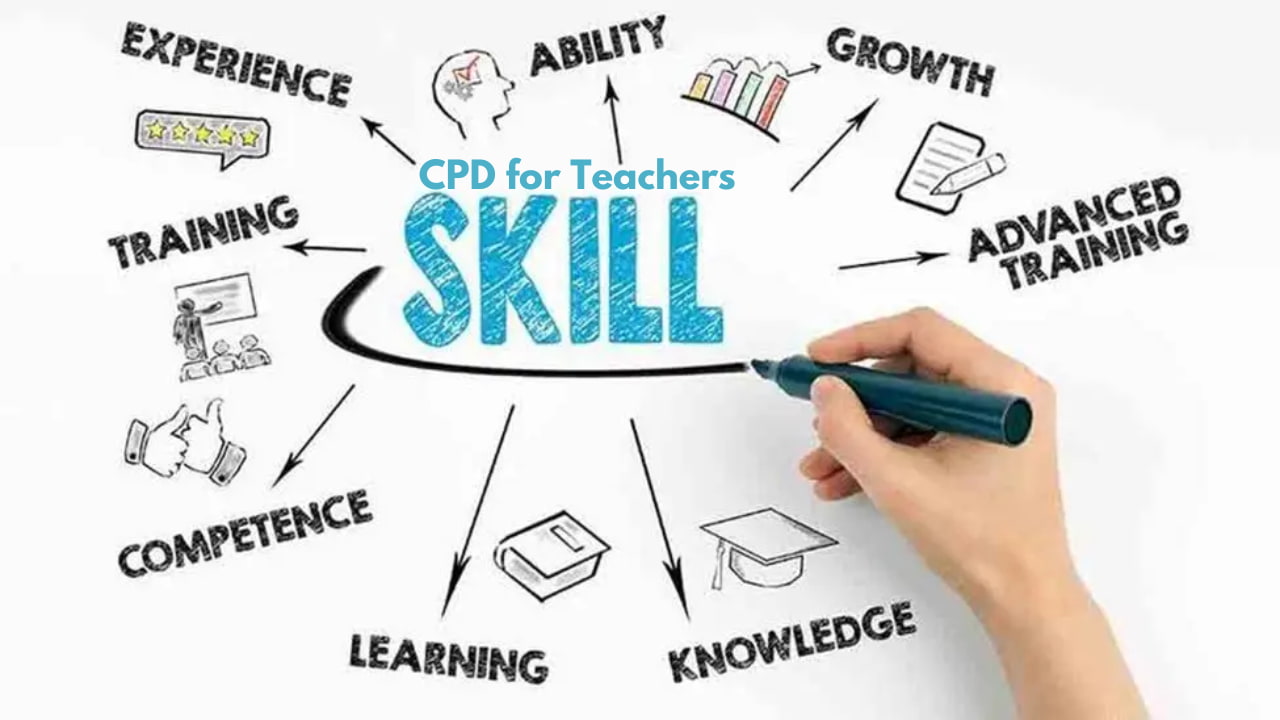Teaching is a profession that requires constant learning, just like any other job. To become better at their work and help students succeed, teachers need to keep improving their skills. This is where Continuous Professional Development (CPD) Programs come in. These programs offer teachers the chance to learn new teaching methods, update their knowledge, and stay up-to-date with the latest developments in education.
In this article, we will explore what CPD programs are and why they are so important for teachers.
What is Continuous Professional Development (CPD)?

Continuous Professional Development (CPD) refers to activities, workshops, courses, or training that help teachers improve their skills and knowledge throughout their careers. Instead of learning everything they need to know at the start of their teaching career, teachers continue to learn new things as they gain more experience. CPD programs can be short courses, online workshops, or even conferences that teachers attend.
The goal of CPD is to help teachers grow, improve their teaching skills, and offer the best possible education to their students.
Why CPD Programs Matter for Teachers
CPD programs are essential for teachers because they bring many benefits to both teachers and their students. Let’s look at why they are so important.
1. Keeps Teachers Updated with New Teaching Methods
Education is constantly changing, and new teaching methods and tools are always being developed. CPD programs help teachers learn about the latest teaching techniques and how to use new technology in the classroom.
For example, with the rise of online learning, teachers need to know how to teach students using digital tools like computers, tablets, and apps. CPD programs help teachers stay up-to-date and use these tools effectively in their lessons.
2. Improves Classroom Management
CPD programs also teach teachers how to manage their classrooms better. Classroom management is about making sure that students behave well and stay focused during lessons. It’s not always easy, but teachers can learn strategies that make it easier to handle different situations.
For example, some students may find it hard to concentrate or might get distracted easily. Through CPD, teachers can learn new ways to keep students engaged and interested in their studies.
3. Helps Teachers Understand Students Better
Every student is different. Some students learn quickly, while others need extra time. CPD programs teach teachers how to understand the different learning styles of students and how to help each one succeed.
For example, some students might learn best through reading, while others prefer hands-on activities. CPD helps teachers adapt their lessons so that all students can learn in a way that works best for them.
4. Boosts Teacher Confidence
When teachers learn new skills, it makes them more confident in the classroom. With better teaching techniques, improved classroom management, and a deeper understanding of students’ needs, teachers feel more prepared to handle challenges.
This confidence allows teachers to create a more positive and effective learning environment for their students.
5. Improves Student Learning Outcomes
At the end of the day, the main goal of CPD programs is to improve student learning outcomes. When teachers learn new methods and tools, they can teach more effectively, which helps students understand their lessons better and perform well in school.
CPD helps teachers become better educators, and in turn, helps students succeed.
Types of CPD Programs
There are many types of CPD programs that teachers can take part in. Here are some of the most common ones:
1. Workshops and Seminars
Workshops and seminars are short, focused programs where teachers can learn about specific topics. These can cover anything from classroom management to new teaching tools.
2. Online Courses
Online CPD courses allow teachers to learn at their own pace. These courses are flexible and can be done from anywhere, making them convenient for busy teachers.
3. Peer Collaboration
Sometimes, teachers can learn from each other by sharing experiences and discussing new ideas. Peer collaboration programs bring teachers together to work on projects and share best practices.
4. Conferences
Educational conferences are big events where teachers from different schools come together to hear from experts, attend workshops, and discuss new ideas in education.